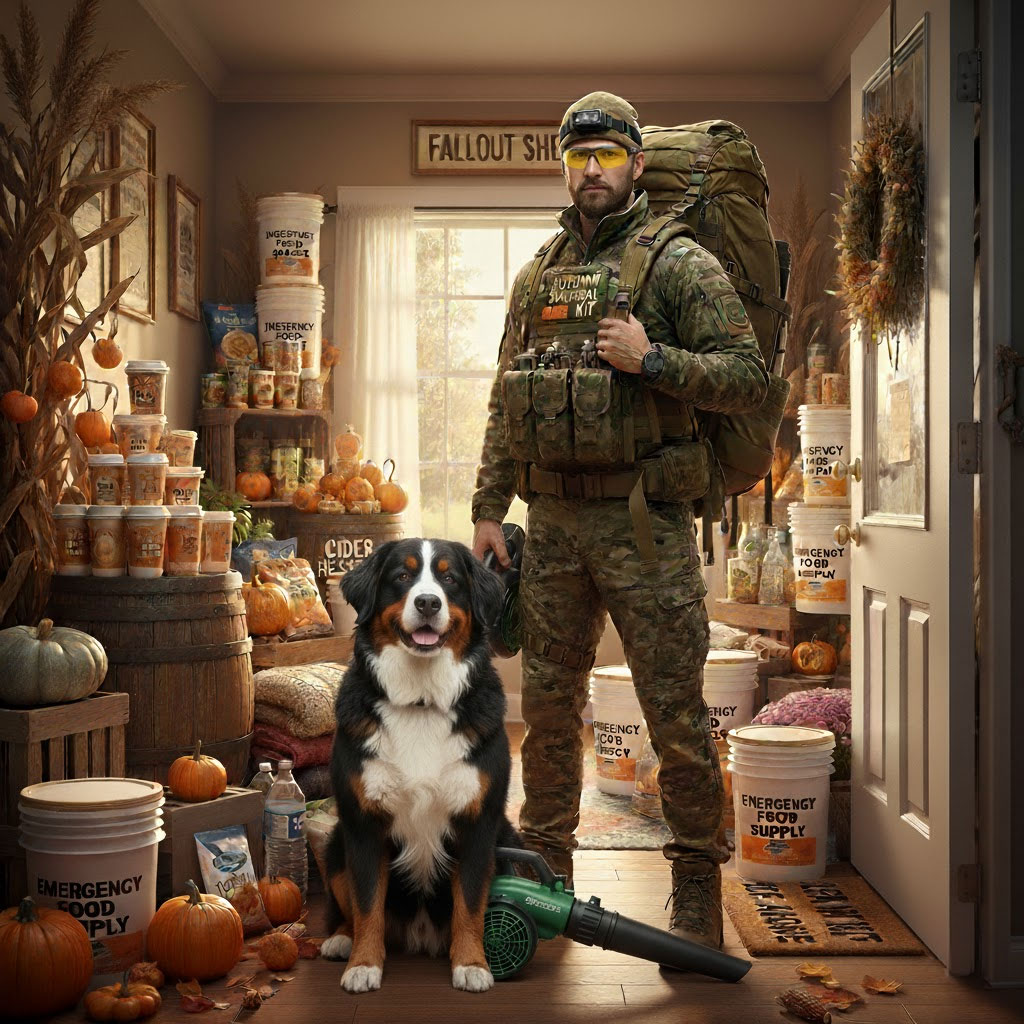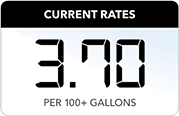
Your Complete Fall Heating & Home Prep Guide
You don’t have to be a full-blown “prepper” to prepare for winter, although it might make a pretty good Halloween costume. The truth is, even a little bit of planning can spare you from frozen nights, frantic service calls, or burst pipes when the temperature drops. A few small actions in October can make a huge difference once January rolls around, keeping your home warm, efficient, and stress-free.
So, before the chill sets in for good, take a little time now to make sure your home is ready for the cold months ahead. A few smart steps today can prevent costly breakdowns, frozen pipes, or sleepless nights later. Hillside’s team put together this Northeast homeowner’s checklist to help you head into winter confident, cozy, and worry-free.
Step 1: Get Your Oil Heating System Winter-Ready
Oil furnaces and boilers are built to last, but they need care to stay efficient and safe. Use this checklist to get ahead of problems before the real cold hits:
- ☐ Test your heat now. Turn it on before the deep freeze to make sure it fires up cleanly and sounds right.
- ☐ Change both filters. Replace or clean the air filter and heating oil filter to maintain airflow and steady heat.
- ☐ Schedule your annual tune-up. A professional cleaning and inspection keeps your burner running efficiently, prevents breakdowns, and saves fuel.
- ☐ Fill your tank early. Keep your oil tank above ¼ full to avoid sediment clogging and running out during a cold snap.
- ☐ Sign up for Automatic Delivery. Hillside tracks your usage and the weather so you never have to worry about calling for oil.
- ☐ Check your TankGuard protection. This corrosion-inhibiting program helps extend tank life and protects against leaks.
Tip: If your furnace or boiler is over 15 years old or needed repairs last winter, ask about efficiency upgrades before the first cold front arrives. You can explore Hillside’s heating system options to see what’s right for your home.
Step 2: Keep Your Heat Pump or Ductless System Running Strong
Electric systems are efficient and reliable when maintained properly. Cold weather can strain them, so a little attention goes a long way.
- ☐ Clean your filters regularly. Dirty filters choke airflow and cut heating performance by up to 25%. Energy.gov recommends checking them monthly during high-use seasons.
- ☐ Clear the outdoor unit. Keep 2 feet of space around it and brush off snow after storms — but never chip at ice.
- ☐ Set your thermostat to “Heat,” not “Auto.” This prevents the system from accidentally switching to cooling on sunny days. Upgrade to a smart thermostat!
- ☐ Keep a steady temperature. Frequent thermostat swings make your heat pump work harder; set it and forget it.
- ☐ Schedule fall maintenance. Heat pumps should be checked twice a year — once before heating season, once before cooling season. Learn more about Hillside’s maintenance plans.
Tip: During extreme cold, your system may run longer or switch to backup heat. That’s normal — but if it stops heating entirely, contact Hillside right away.
Step 3: Prevent Frozen Pipes Before They Burst
Frozen pipes are one of the most expensive winter emergencies — but they’re also one of the most preventable. Use this quick plumbing checklist:
- ☐ Drain and shut off outdoor faucets. Disconnect hoses, open spigots, and close indoor shut-offs. The American Red Cross recommends doing this before the first freeze.
- ☐ Insulate exposed pipes. Wrap pipes in unheated basements, crawl spaces, and garages with foam insulation or heat tape.
- ☐ Keep your thermostat at 55°F or higher. Even when you’re away, maintaining minimum heat protects pipes inside walls.
- ☐ Open cabinet doors on frigid nights. Let warm air reach kitchen and bathroom pipes along outside walls.
- ☐ Let faucets drip during extreme cold. A slow trickle keeps water moving and reduces pressure buildup that causes bursts.
- ☐ Find your main water shut-off valve. Know where it is and test it now — you’ll need it fast if a pipe ever bursts.
Tip: If you lose water flow from a faucet on a very cold morning, the pipe may be frozen. Turn off the main valve and contact Hillside or a plumber immediately.
Step 4: General Whole-Home Prep
Before winter fully settles in, run through these last few essentials to keep your home efficient and safe:
- ☐ Replace thermostat batteries and test smoke/CO alarms.
- ☐ Clear vents and radiators of furniture and drapes.
- ☐ Review your Hillside Maintenance Plan coverage for tune-ups and priority service.
- ☐ Check that your heating system starts smoothly when turned on.
Tip: A quick system test now can save you from a no-heat emergency later — and Hillside is always here if you need fast service.
Step 5: Be Ready, Not Reactive
Winter in the Northeast can be unpredictable, but your home doesn’t have to be. A little preparation in the fall means a lot less stress when the first real cold hits. Hillside’s experts can handle the tune-ups, oil deliveries, TankGuard protection, and maintenance that keep your system strong — so you can enjoy a warm home all season long.
Call 302-738-4144 (DE & PA) or 410-398-2146 (MD)
Visit HillsideHVAC.com to schedule your tune-up, delivery, or maintenance plan today.

